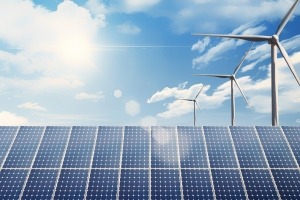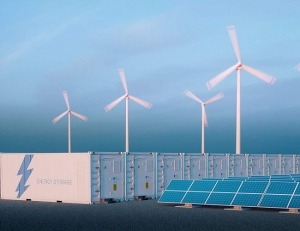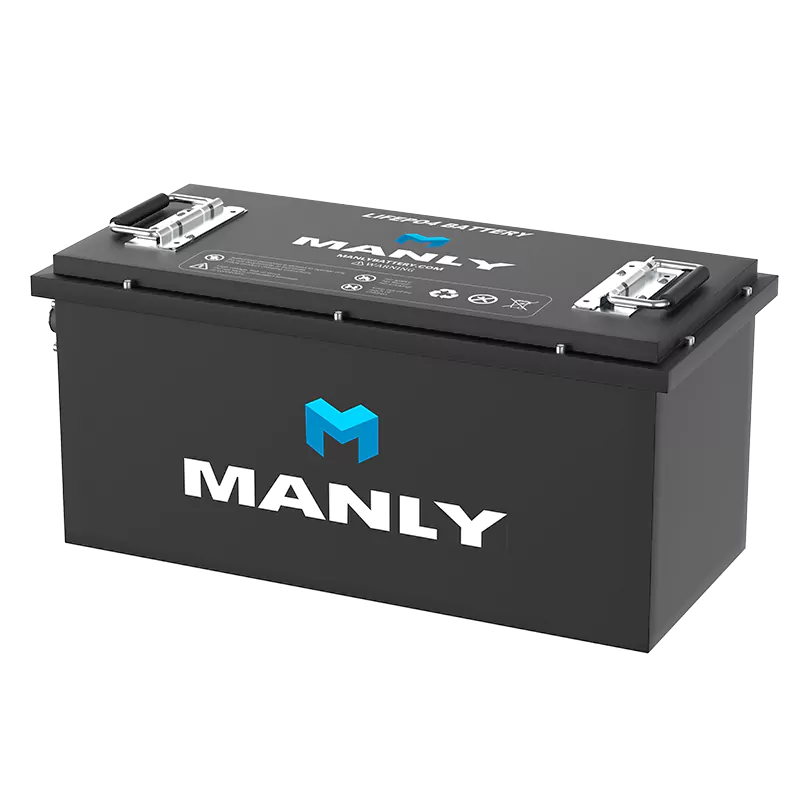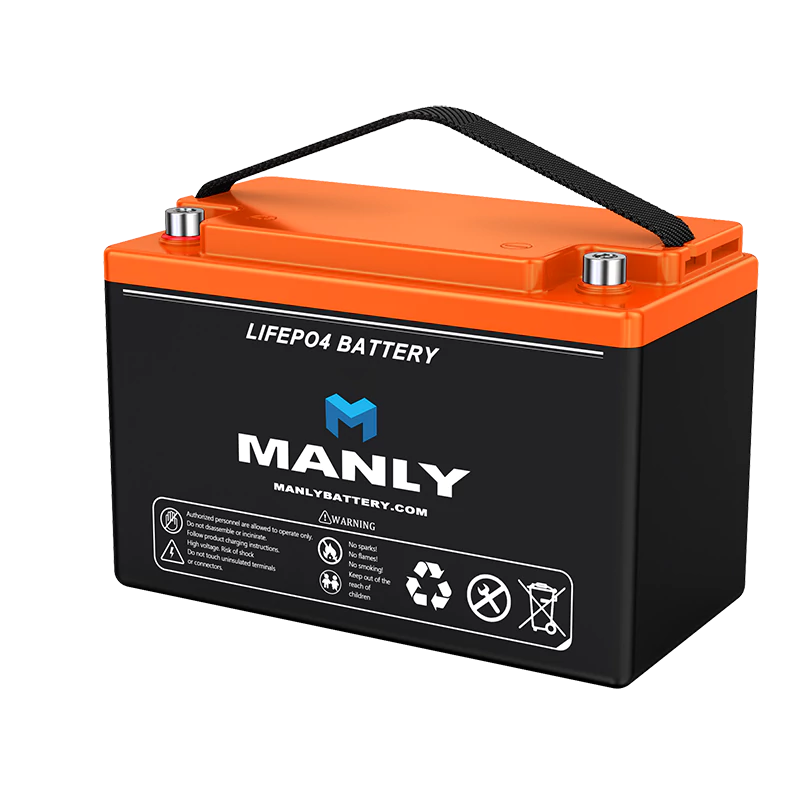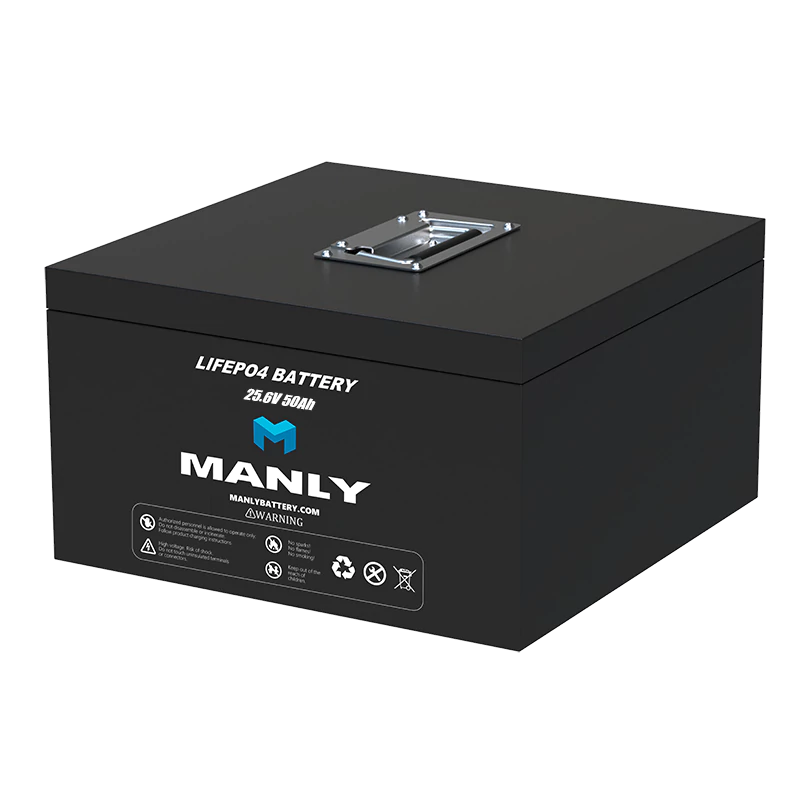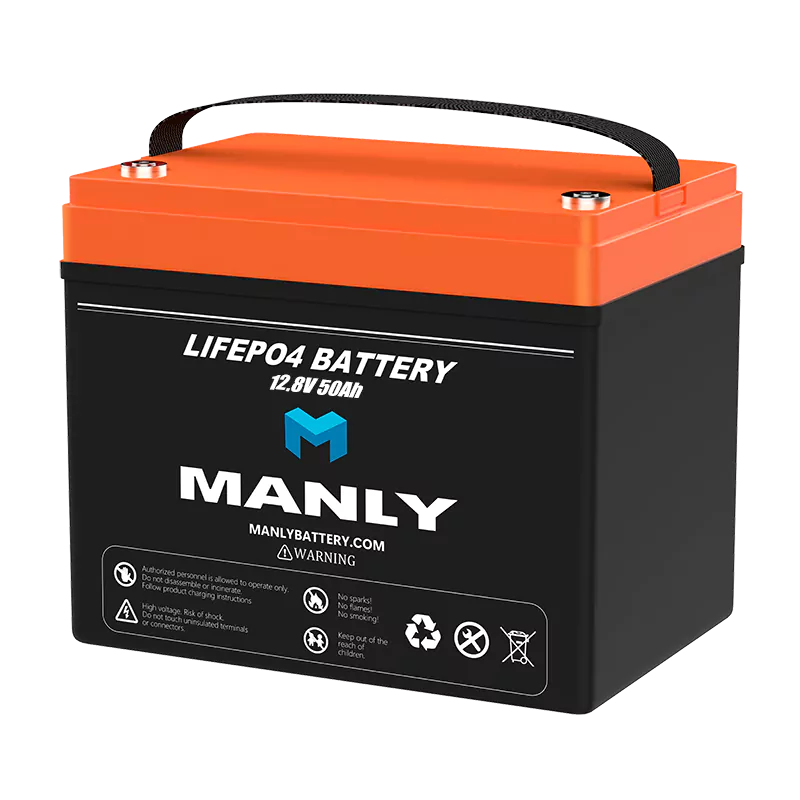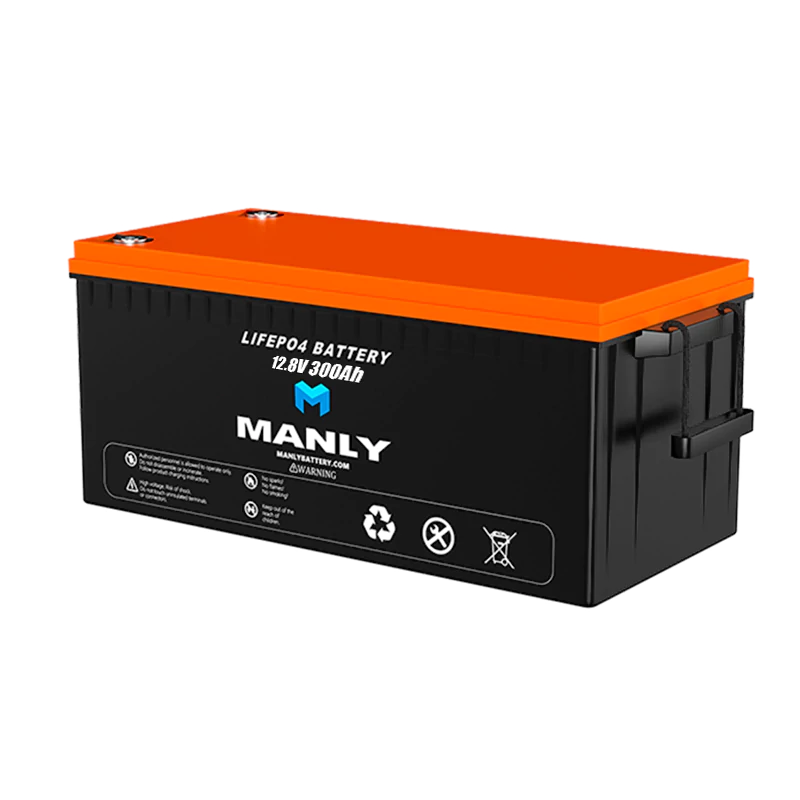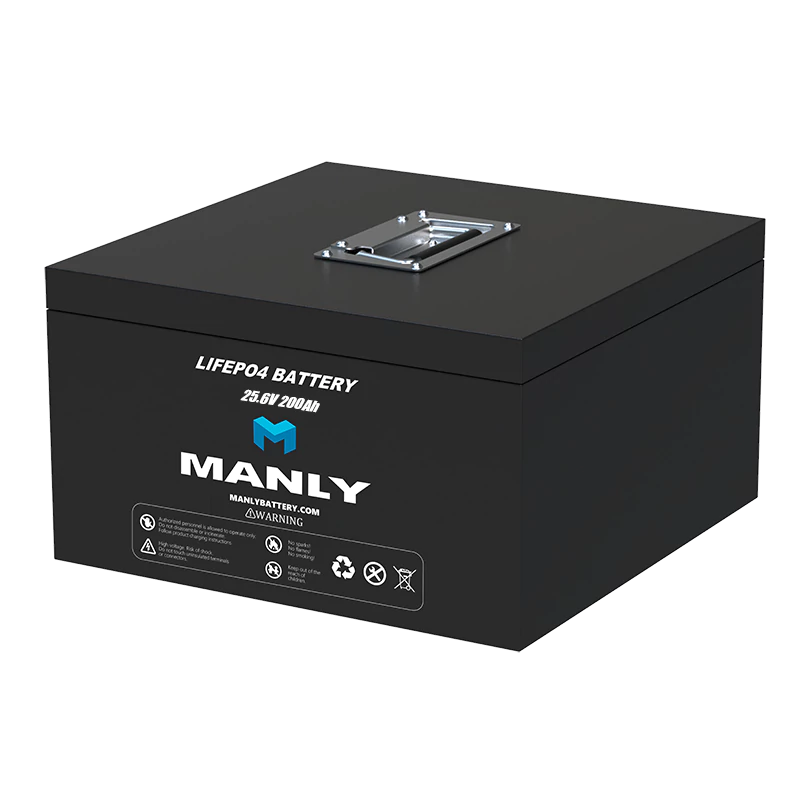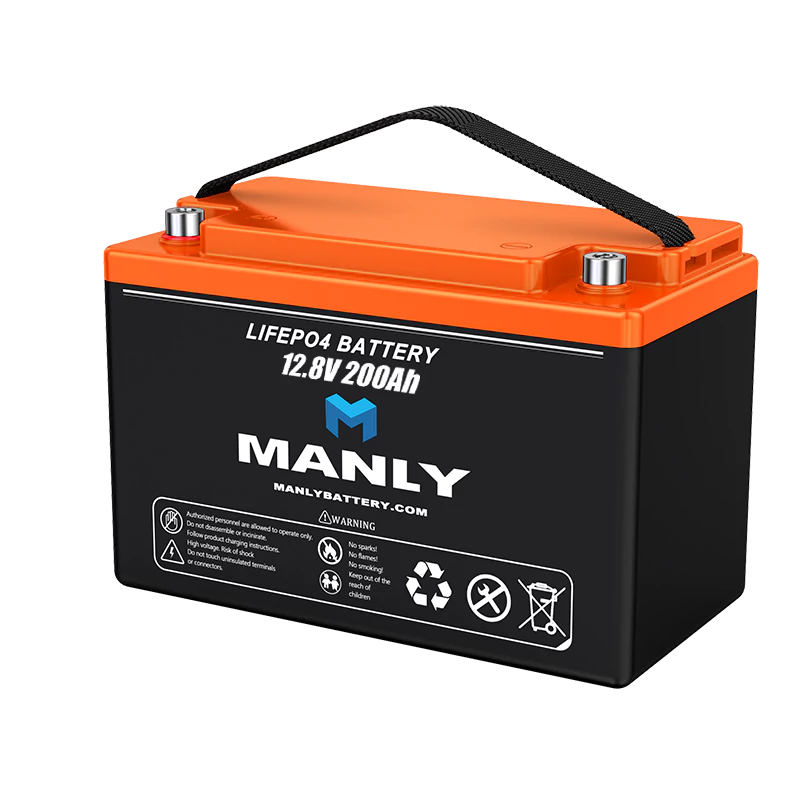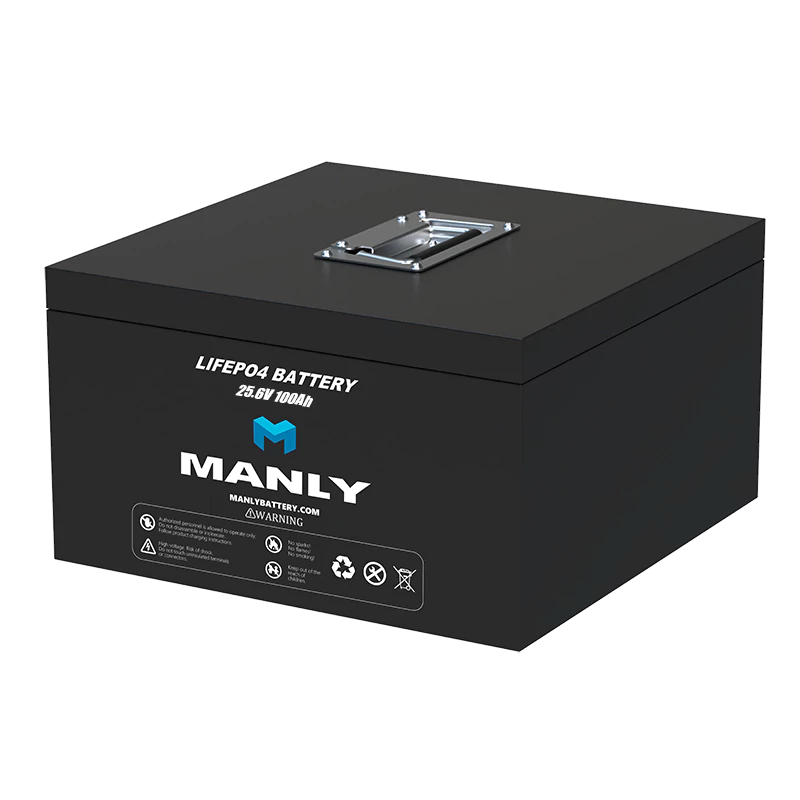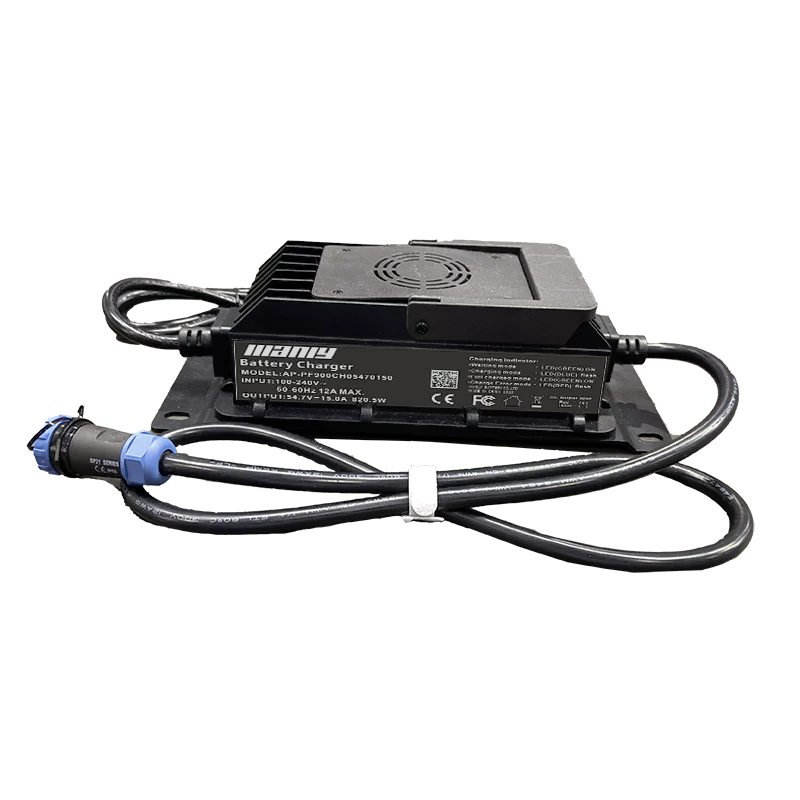More Products
Table of Contents
Over $5.6B! Foxconn Enters LiFePO4 Battery Market!
Foxconn announces plans to invest 25 billion New Taiwan dollars (about 5.645 billion yuan) over the next three years to build new manufacturing facilities in Kaohsiung, a city in southern Taiwan, to further support its electric vehicle ambitions. Foxconn says its investment in Kaohsiung will include factories for producing electric buses and power batteries.Foxconn Chairman Liu Yangwei said that Kaohsiung will become an important base for Foxconn's global electric vehicle layout. As a result, Foxconn will continue to invest in software, electric vehicles, and battery and cell industries.Specifically, Kaohsiung is the R&D center for Foxconn's electric bus platform. Foxconn began construction of an electric bus factory in the Qiaotou Science Park this year, with mass production expected in 2025. The initial annual production capacity is planned at 500 units, with plans to expand to 1,000 units by 2028 depending on the situation.In terms of batteries, Foxconn plans to focus on LiFePO4 battery for vehicles in Kaohsiung and the industrial park, with a mass production capacity of 1.2 GWh expected in the third quarter of 2024. The Qiaotou Science Park is expected to start construction in 2024, with a production scale of 3.0 GWh by the end of 2025.Foxconn's "Car Dream"
Foxconn is known for its contract manufacturing for Apple, but as the smartphone market has shrunk since 2016, Apple's phone business has been declining, making Foxconn's days increasingly difficult and its revenue growth slowing down significantly.To find a new way out and foster new growth points, Foxconn plans to build cars.In terms of external cooperation, in 2020, Foxconn established joint ventures with Fiat Chrysler (FCA) and Yulon Motor, and in 2021 jointly invested in contract factories with Geely Holdings.Since 2022, Foxconn has accelerated its layout: In May, it acquired the factory of U.S. light electric truck manufacturer Lordstown Motors for $230 million and reached agreements on investment, contract manufacturing, and joint R&D; In October, Foxconn announced it would produce electric vehicles in Taiwan, Thailand, and the United States.So far, Foxconn has acquired, invested in, and cooperated with more than 10 electric vehicle projects, with its layout extending from China to Indonesia and the Middle East, and its investment fields ranging from complete vehicles to battery materials and intelligent driving cabins. Foxconn also acquired a former General Motors factory, gaining its first car factory. In terms of talent introduction, on January 30 this year, Foxconn appointed Jun Seki, former President of Nidec Corporation and former President of Dongfeng Motor, as the Chief Strategy Officer of its electric vehicle subsidiary. Seki's appointment took effect on February 1, and he reports to Foxconn CEO and Chairman Liu Yangwei.In terms of vehicle planning, on October 18, 2020, Foxconn's parent company, Hon Hai Group, held a technology day, releasing two new vehicles, the Model B hatchback and the Model V electric pickup, as well as the mass-produced Model C. In 2021, the luxury sedan Model E and the electric bus Model T were released at the second technology day.Overall, Foxconn's electric vehicle product line already includes five models, covering SUVs, sedans, buses, and pickups. However, Foxconn has said that these models are not intended for the consumer market but are provided as reference vehicles for brand customers.
In terms of talent introduction, on January 30 this year, Foxconn appointed Jun Seki, former President of Nidec Corporation and former President of Dongfeng Motor, as the Chief Strategy Officer of its electric vehicle subsidiary. Seki's appointment took effect on February 1, and he reports to Foxconn CEO and Chairman Liu Yangwei.In terms of vehicle planning, on October 18, 2020, Foxconn's parent company, Hon Hai Group, held a technology day, releasing two new vehicles, the Model B hatchback and the Model V electric pickup, as well as the mass-produced Model C. In 2021, the luxury sedan Model E and the electric bus Model T were released at the second technology day.Overall, Foxconn's electric vehicle product line already includes five models, covering SUVs, sedans, buses, and pickups. However, Foxconn has said that these models are not intended for the consumer market but are provided as reference vehicles for brand customers.Foxconn's LiFePO4 Battery Accumulation
As the core component of electric vehicles, power batteries have always been highly valued by Foxconn.At the first Technology Day in 2020, Hon Hai Group publicly stated that the top three cost components of electric vehicles are power batteries (30%-35%), electric drive systems (20%-25%), and automotive electronics (15%-20%).Relatively speaking, electric drive systems and automotive electronics are the most advantageous parts for Hon Hai to use its own resources to tackle, while power batteries are the breakthrough that Hon Hai most wants to achieve.In 2011, Hon Hai Group entered the field of power batteries, and its subsidiary Taiwan Lithium Technology Company signed a contract with Shanghai Electric Group and jointly developed automotive power lithium batteries.In 2014, Foxconn and BAIC Group jointly invested in the development and manufacturing of power batteries and their systems; in the same year, Taiwan Lithium Technology Company invested 2 billion yuan in Anhui to establish a lithium battery production line, and later expanded its investment in the lithium battery field to multiple provinces and cities.In 2017, Foxconn's subsidiary Futaihua Industrial Company invested 1 billion yuan to acquire a stake in Contemporary Amperex Technology Ltd. (CATL), and both parties jointly promoted the research progress of solid-state batteries; in the same year, they invested in solid-state battery developer SolidEnergy Systems (SES).In other words, Hon Hai's battery layout is based on the principle of "walking on two legs" with lithium batteries and solid-state batteries.Vico Network Lithium noticed that Hon Hai's solid-state battery strategy is not conservative. At the first Technology Day, Hon Hai officially announced that it will launch its first commercial solid-state battery in 2024.Fast forward to 2023, Foxconn's battery layout is gradually being implemented.In addition to the aforementioned Foxconn's plan to build a lithium iron phosphate battery factory in Kaohsiung, Taiwan, in March, Foxconn CEO and Chairman Liu Yangwei announced that Foxconn will produce batteries and battery packs for energy storage systems in Wisconsin, USA, and battery packs for entire vehicles in Ohio, USA.Liu Yangwei also stated that the relevant subsidy policies of the US "Inflation Reduction Act" are key factors for Foxconn's decision to produce power batteries locally.

